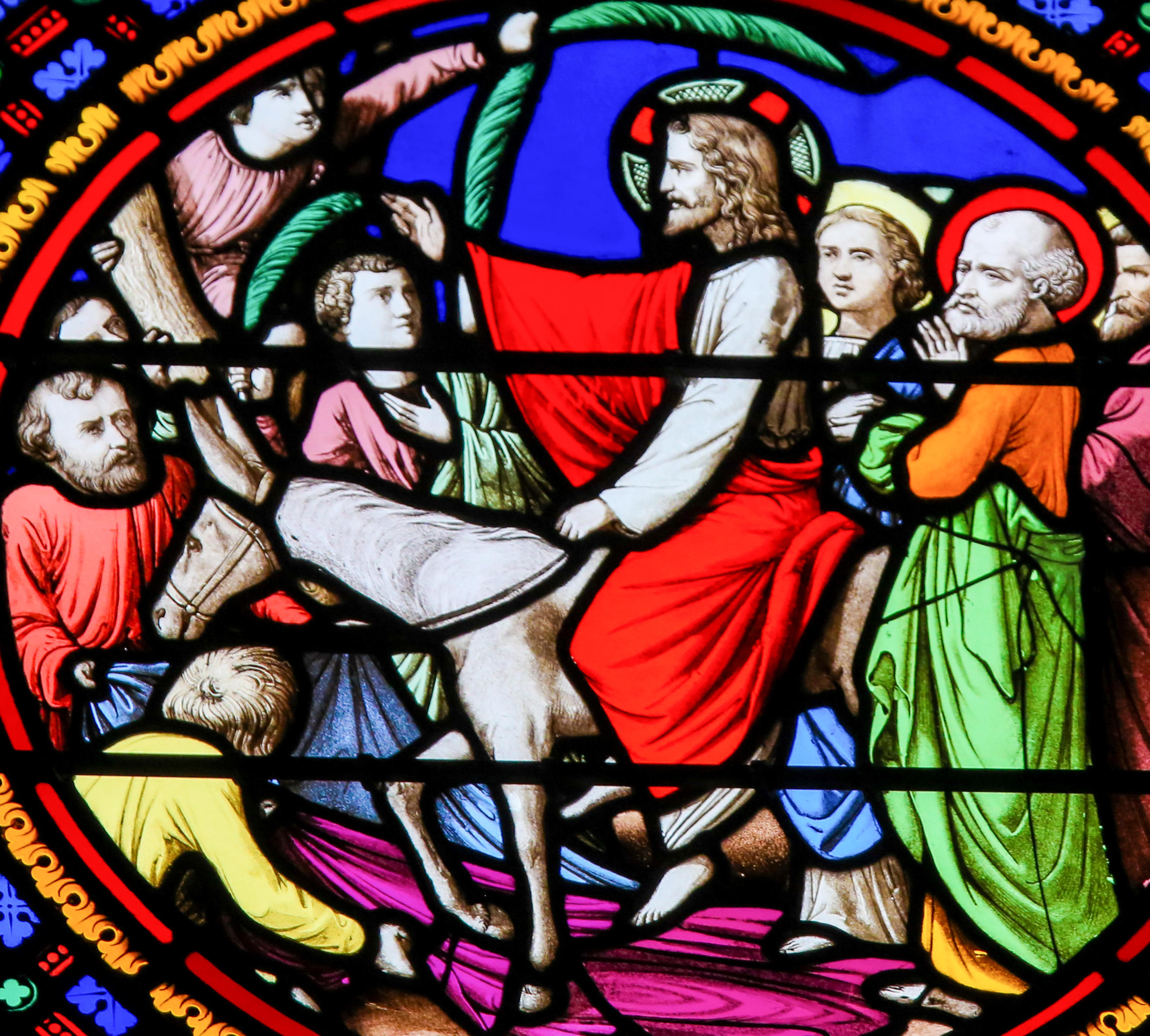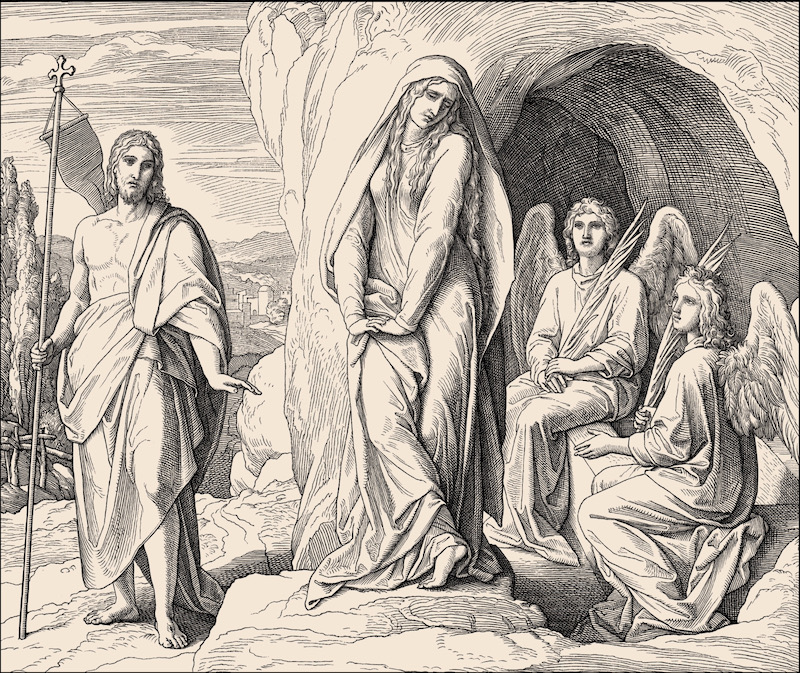The first to find the empty tomb and, in Matthew’s gospel, the first to see the risen Christ, were two women, Mary of Magdala and the other Mary. The men, meanwhile, were cowering in fear.
This in itself is remarkable.
The testimony of women in that rigidly patriarchal culture was considered, in law at least, insignificant, if not untrustworthy. So, if the resurrection of Jesus had been a fabrication, as the authorities alleged and some who had formerly followed him had believed, it would have been an especially ineffectual and hopeless deceit.
But it’s remarkable and profoundly instructive for an entirely different reason.
St Thomas Aquinas was convinced that it was women who first saw and heard and touched the risen Jesus, because they have a greater capacity for love. It was demonstrated, he says, in the fact that it was they who remained at the scene of the Crucifixion, while the men fled in fear; and it was they, rather than the men, who returned to the tomb at first light on Easter morning.
St Thomas infers from this that women will be quicker than men to share in the beatific vision: or, more colloquially, women will the more easily get into heaven. (Isn’t it remarkable that this is said by one who’s so often and so anachronistically accused of misogyny?)
The point being made is that the victory of the resurrection, the victory of life over death is, even more pointedly, the victory of love over death; and it is, as such, a victory that transforms not only the future and all that lies ahead, but the present, where we find ourselves now.
The resurrection of the One who let go of his life for love of us, is the thundering affirmation that love, compassion and forgiveness from the heart, here and now, have been vindicated in Christ’s humanity.
The mystery of the Resurrection, therefore, runs clean counter to the pettiness and jealousy and the anger and strife that so distort our vision and sully our lives.
Nothing in this life matters more than generous, patient, mutual, self-giving love. Or, as Baron von Hügel wrote in a letter to his niece: “Caring is what matters most in this life.” And only these will last beyond this life and into eternity.
Easter is the final proof that love alone confers ultimate meaning on 2 both our living and our dying. That’s why the mystery of Christ’s resurrection from death to glory underpins everything else we believe. Why else would St Paul say with mind-numbing finality: “If Christ is not risen, our faith is in vain.”
To many, of course, Christ cannot have risen, and we who believe he has, are deluded, possessed by fantasy, not mystery. But it’s not without significance that many of those who think like this, find nothing at all mysterious, not only in the resurrection, but in the fact of our existence, as such.
They may find it fascinating, wondrous even, but ultimately, existence is an empirical datum to be registered rather than an unfathomable mystery to be contemplated. But to find in existence nothing but a flat fact to be taken for granted, surely involves not only a monumental failure of imagination but credulity of gigantic proportions, the blindest of blind faiths and the saddest of sad delusions.
If you find in existence itself, whether of the cosmos, yourself or those you love, a mystery, a miracle, indeed, as any intelligent, enquiring mind must, then the Resurrection is no less a miracle because it is, like existence itself, entirely God’s doing. It’s true, of course, that our Easter faith rests on more than a conviction of unaided reason.
That’s why the great Franciscan theologian, St Bonaventure (1221-74), speaking of the empty tomb, says that “where the intellect cannot go, the heart enters in”.
No surprise, then, that in John’s gospel, it’s the beloved disciple who first “saw and believed”.
And it’s Mary Magdalene, who loved much, who, in her grief and desolation, borne of love, encounters Him in the garden. And yet it’s he who encounters us: faith borne of love makes possible our encounter with the Risen Christ; but it is his encounter with us which stirs the love that gives rise to faith.
What each of these exquisitely turned accounts of meetings with Jesus after his resurrection teaches us, is that Jesus not only lives, but lives among us and shares his life with us.
What we celebrate at Easter is Jesus’ abiding presence forever. “And, lo, I am with you always, even to the end of the ages”, he told the disciples at his Ascension.
And, finally, the Resurrection of Christ is the victory not only of God’s love but of God’s joy: the joy and delight he takes in each one of us and which he invites us, by his grace, to take in one another – what else is it to love another than to delight in their very existence? “The disciples”, we’re told, “rejoiced when they saw the Lord.” This is not fleeting joy, founded on fickle fortune, but an entirely new world. It’s where we live, now that we know that the boundary between life and death has been shattered. It is to share in God’s own joy, because we, too, can say: “We have seen the Lord.”



 Loading ...
Loading ...
What do you think?
You can post as a subscriber user ...
User comments (0)